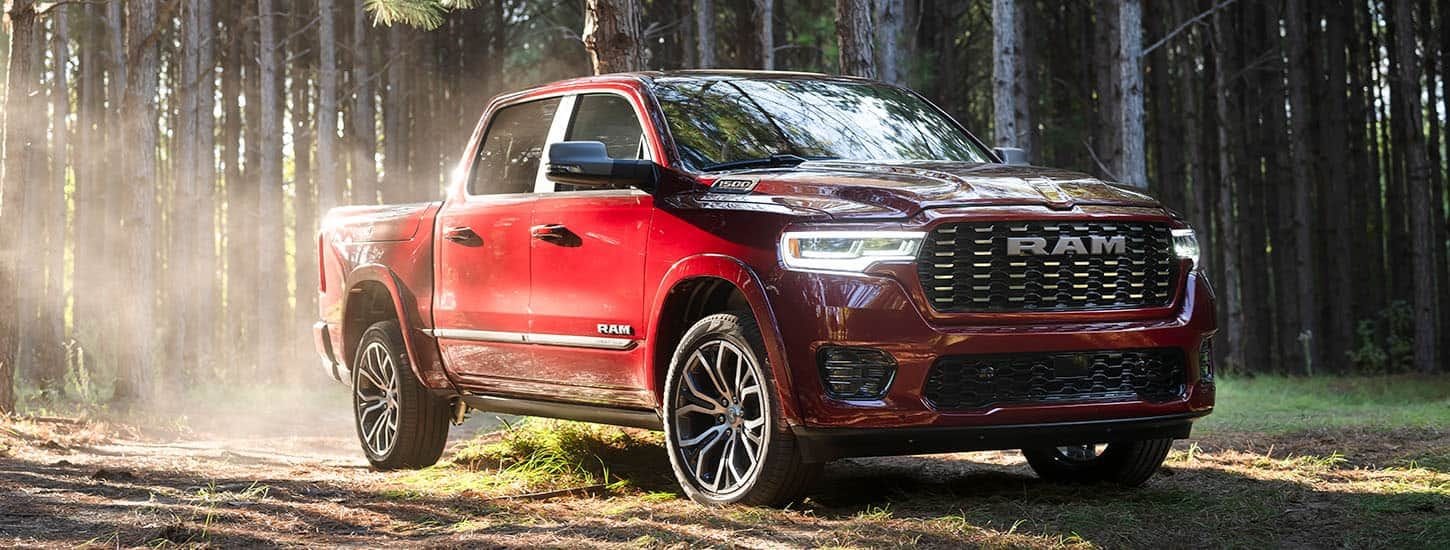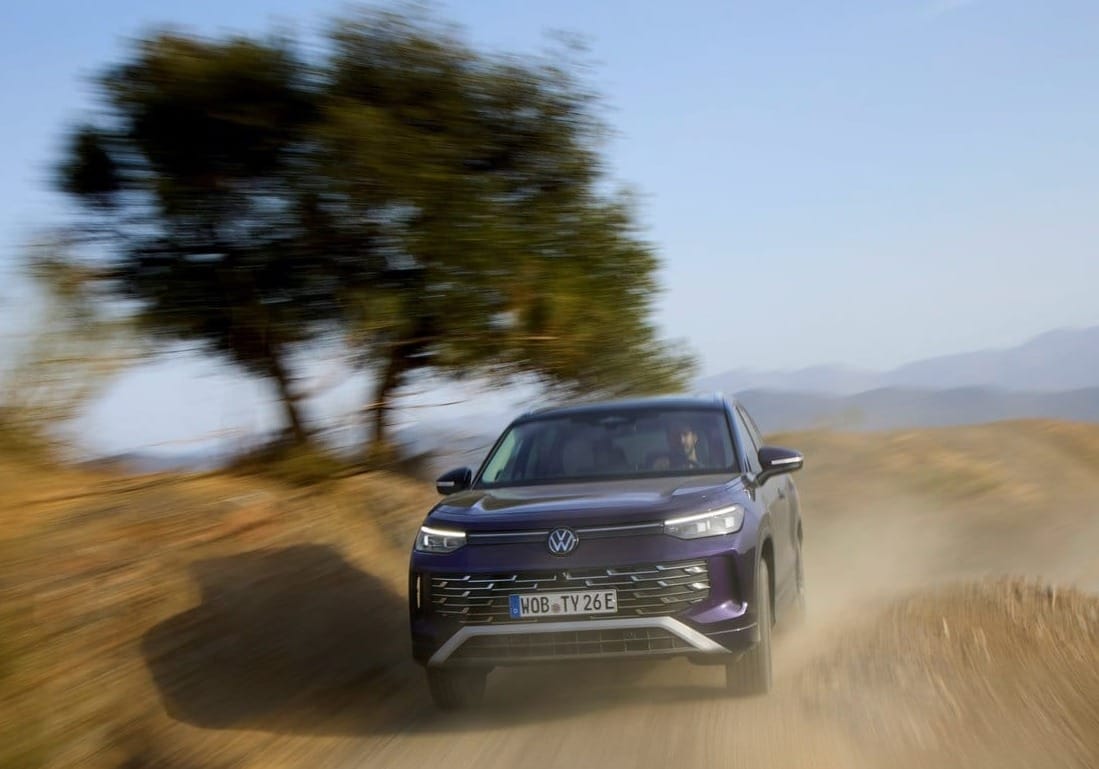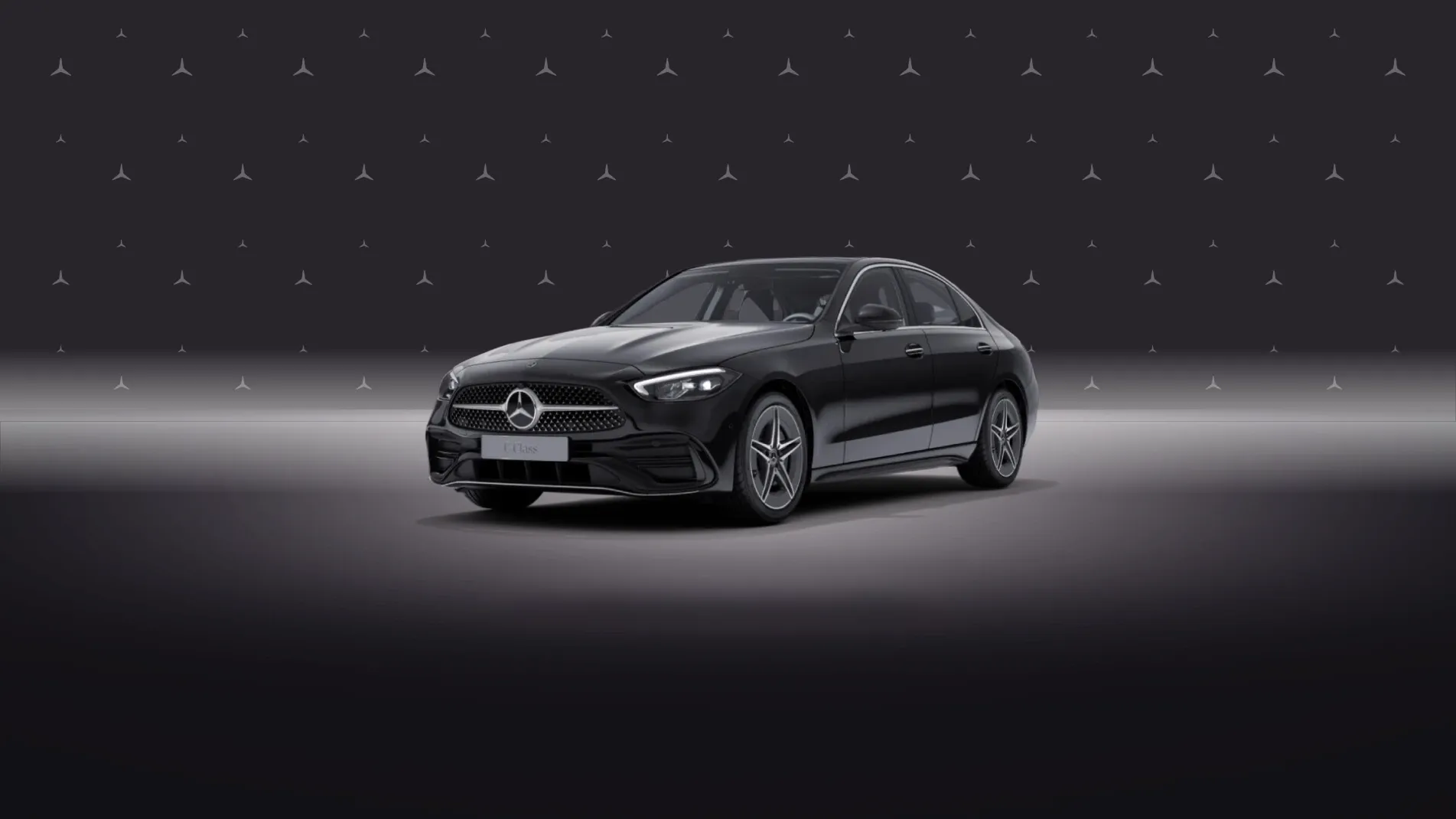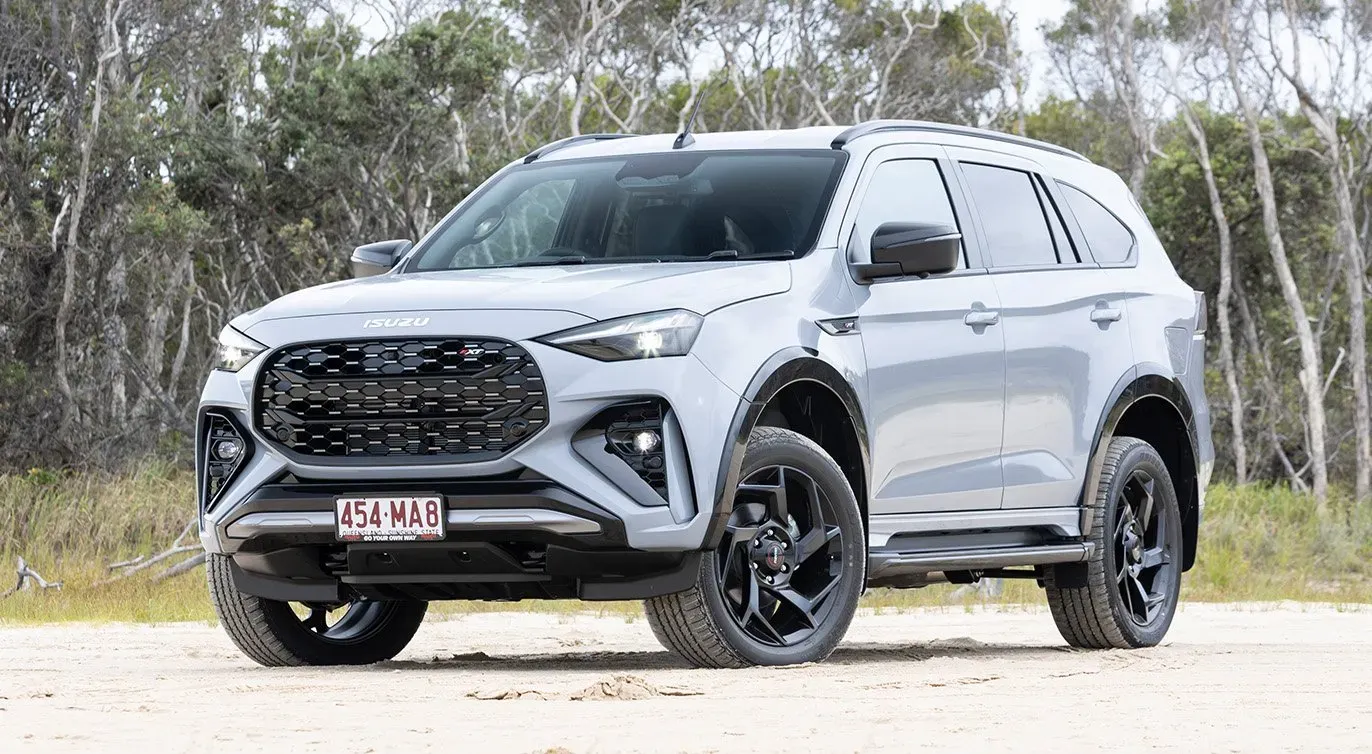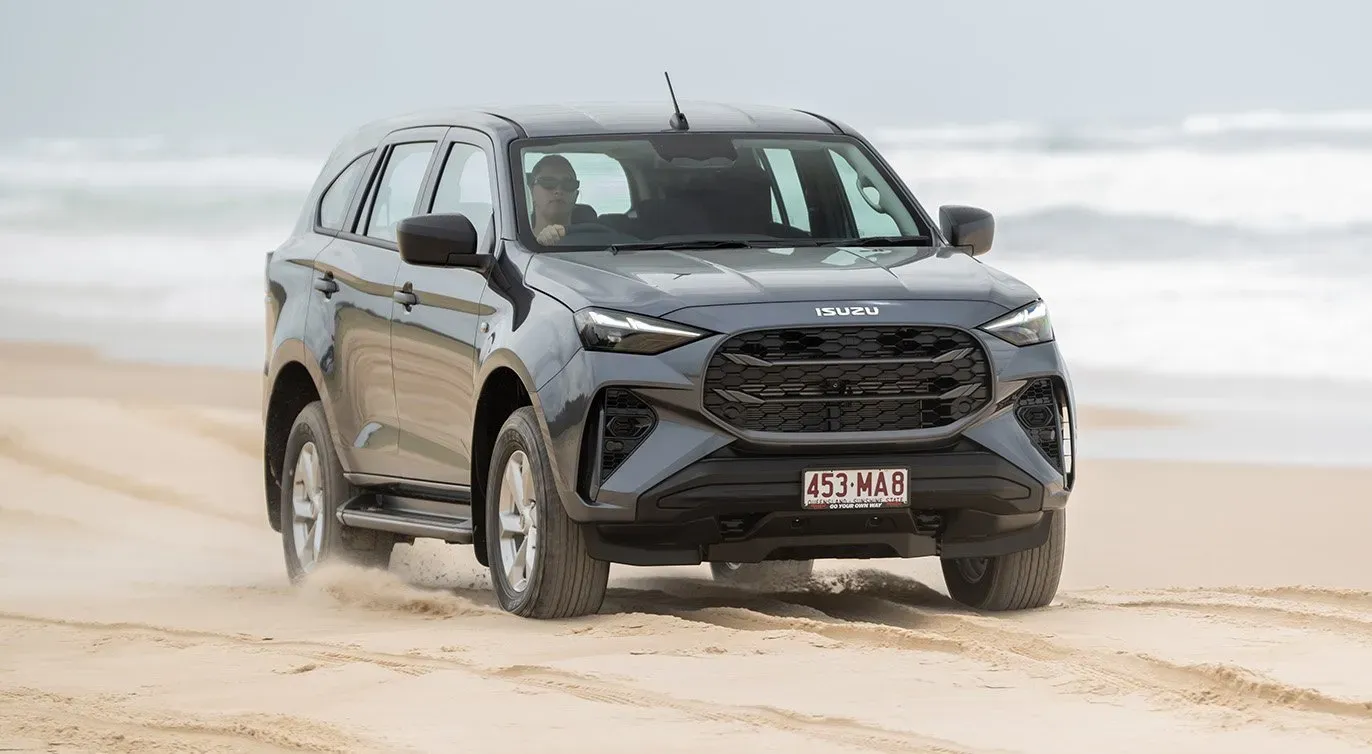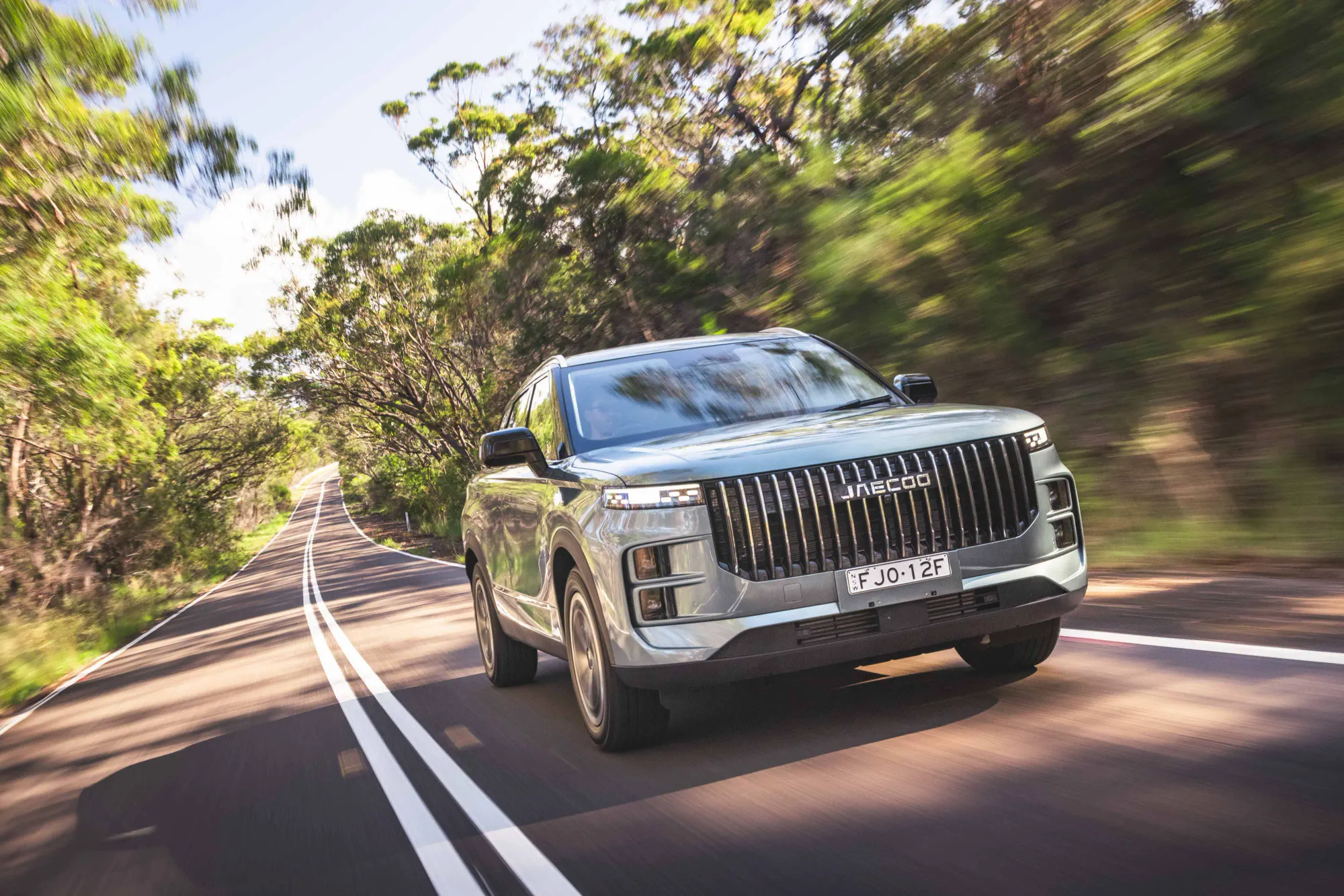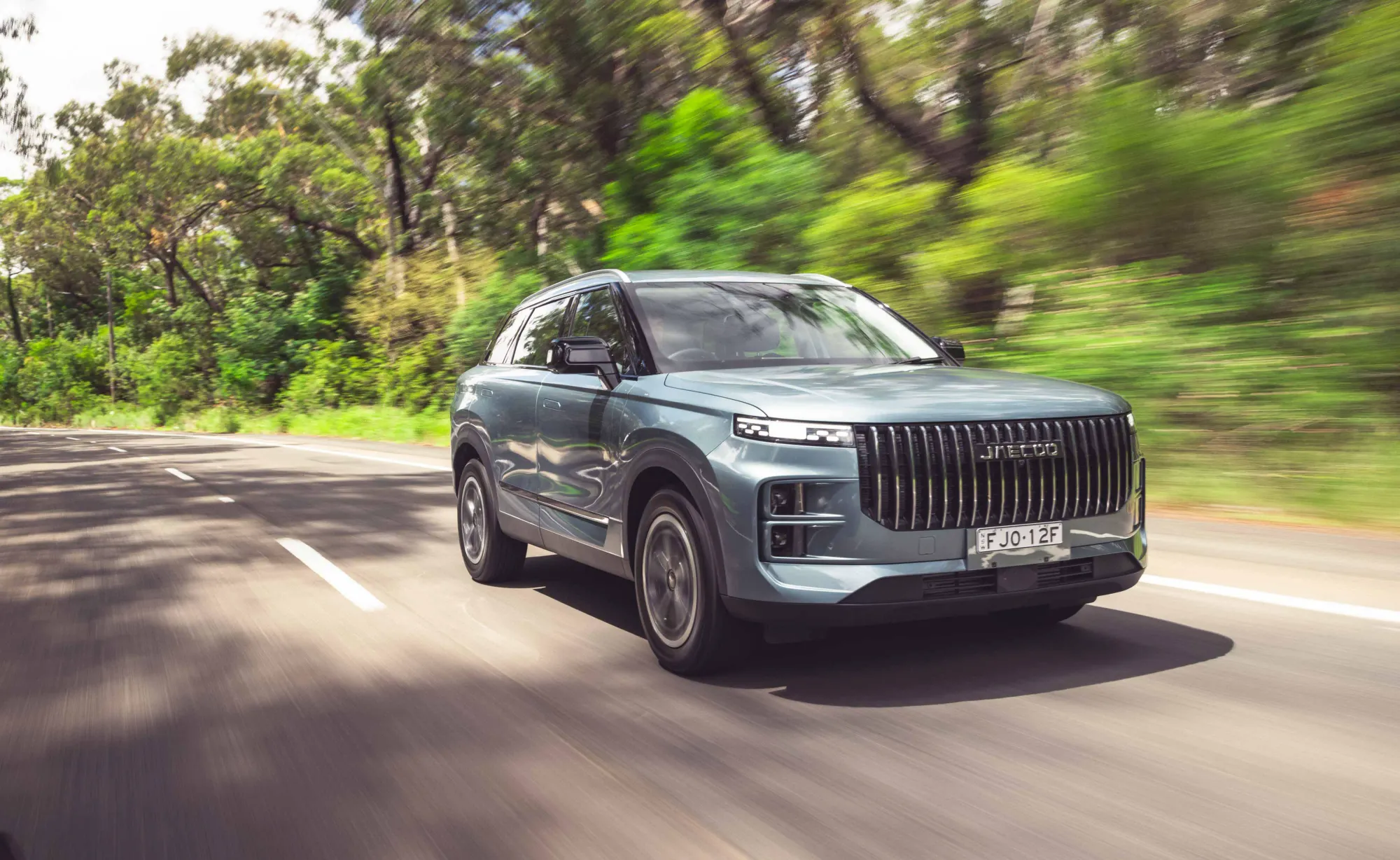Ford is reportedly pivoting its electric vehicle strategy, investing in range-extender electric vehicle (EREV) technology amid a slowdown in demand for its battery-electric vehicles (EVs) in the US market. This move signals a growing recognition of the need for powertrain flexibility as consumer adoption of pure EVs faces headwinds.
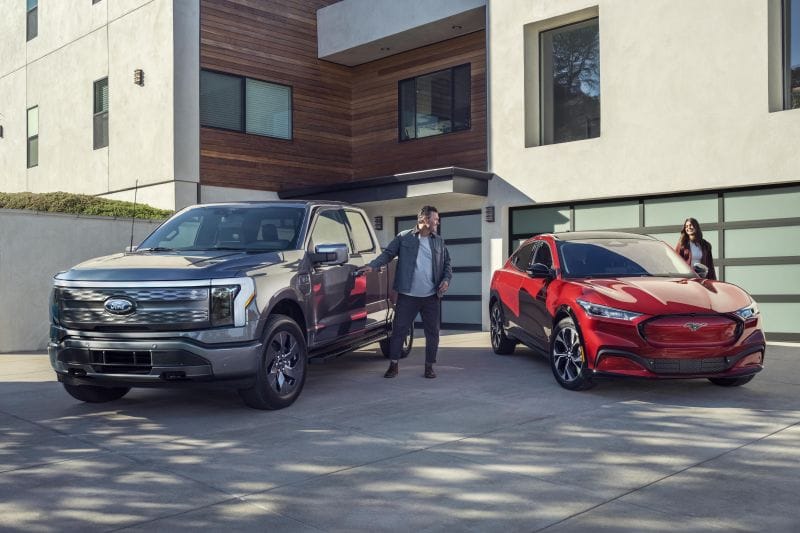
EREVs: Bridging the Gap
EREVs, also known as range-extended EVs (REEVs), blur the lines between EVs and plug-in hybrids (PHEVs). They function primarily as EVs, relying on battery power for most driving. However, they also feature a combustion engine that acts solely as a generator, kicking in to replenish the battery when it runs low, alleviating range anxiety.While popular in China, EREVs have seen limited adoption elsewhere. In Australia, only the Holden Volt and BMW i3 REx were ever sold, with the latter discontinued in 2021.
Ford's EREV Plans
Ford plans to integrate EREV powertrains into SUVs, smaller crossovers, and even larger pickups from its Super Duty line. This would see it compete directly with Ram, which is launching a range-extender version of its 1500 pickup, the Ramcharger.
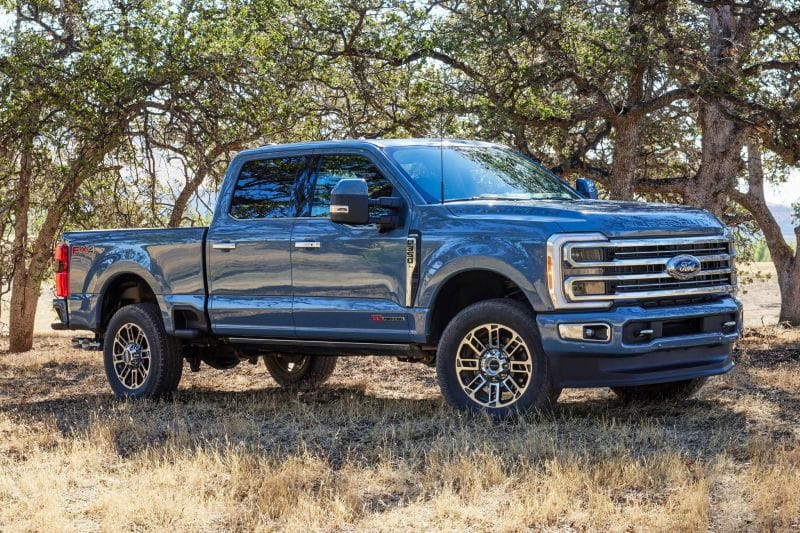
The Ramcharger boasts a 92kWh battery pack, front and rear electric drive modules, and a 3.6-litre Pentastar V6 engine acting as an onboard generator.
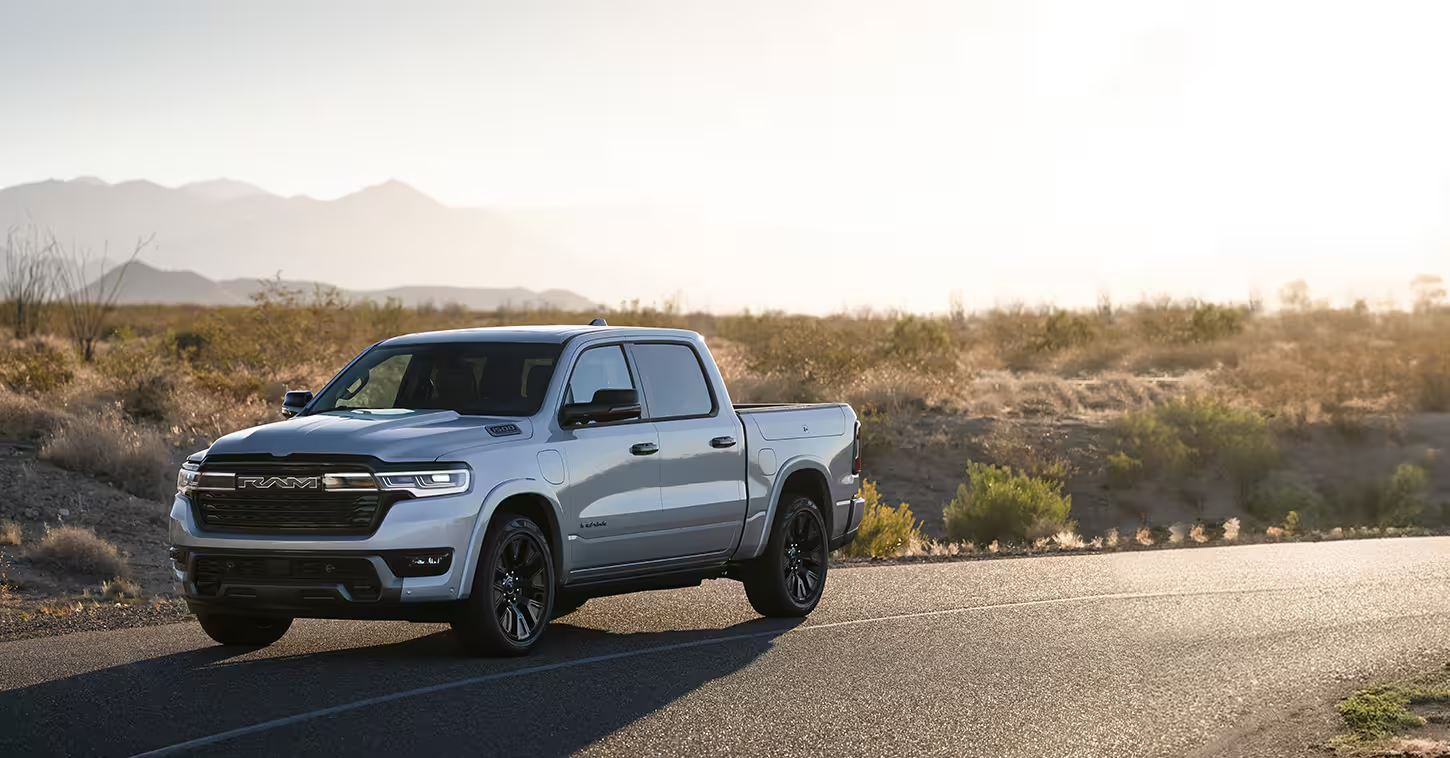
CEO's Endorsement
Ford CEO Jim Farley touted the capability of EREVs following a trip to China, stating that they offer a smaller battery, all-electric driving for 95% of trips, and eliminate range anxiety.
F-150 Lightning Production Woes
Ford's move towards EREVs comes as its EV sales face challenges. Despite being among the first to launch an electric pickup in the US with the F-150 Lightning, it has since been surpassed in monthly sales by the Tesla Cybertruck. Production of the F-150 Lightning has faced multiple cuts and pauses due to declining demand and quality issues.
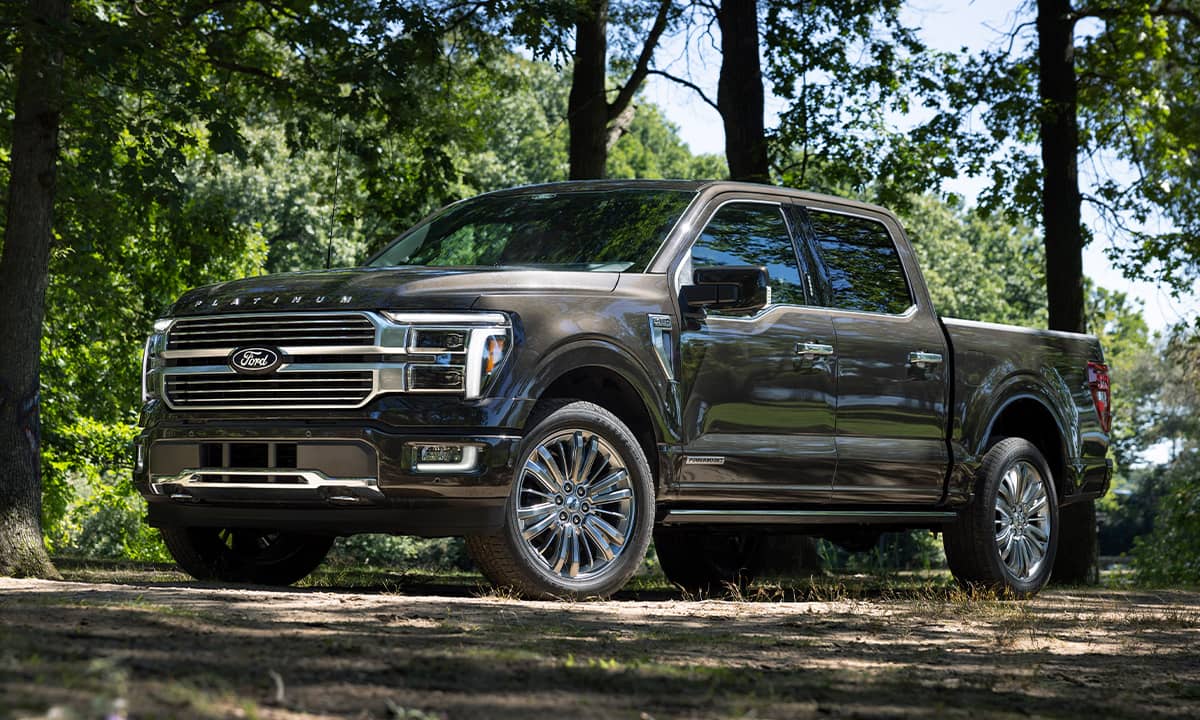
Hybrid Focus
In response to the slowdown in EV demand, Ford has delayed the launch of the next-generation F-150 Lightning and axed plans for a three-row electric SUV, instead focusing on introducing more hybrid drivetrains in the large SUV segment.
While the F-150 Lightning is yet to be confirmed for Australia, Ford’s EV lineup includes the Mustang Mach-E, E-Transit, and, in 2025, the E-Transit mid-sized and Ranger PHEV ute.
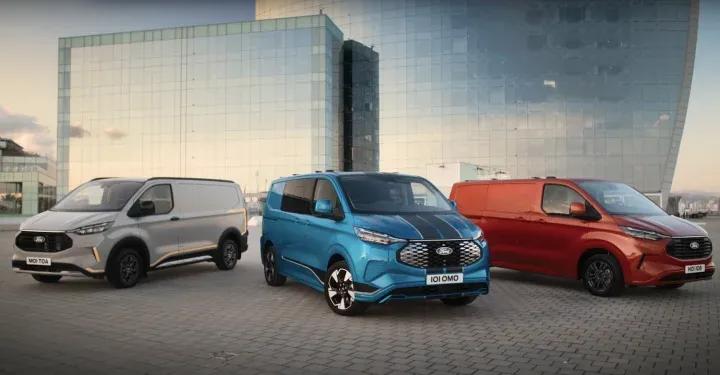
Ford's investment in range-extender EVs signals a pragmatic shift in strategy amidst fluctuating consumer demand for pure electric vehicles. By embracing EREVs, Ford aims to offer customers a compelling blend of electric driving and range confidence, catering to diverse needs and preferences in the evolving automotive landscape.



